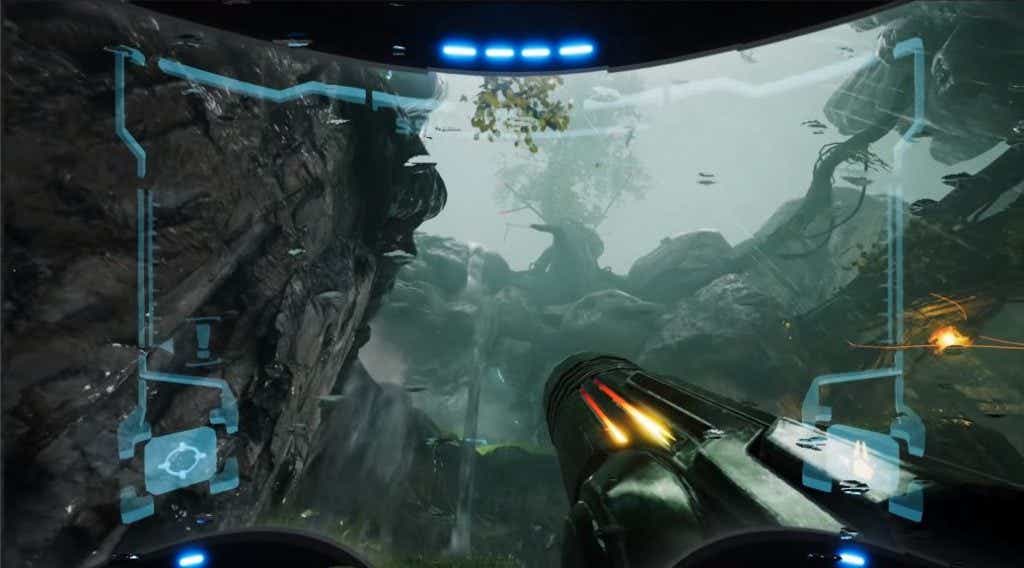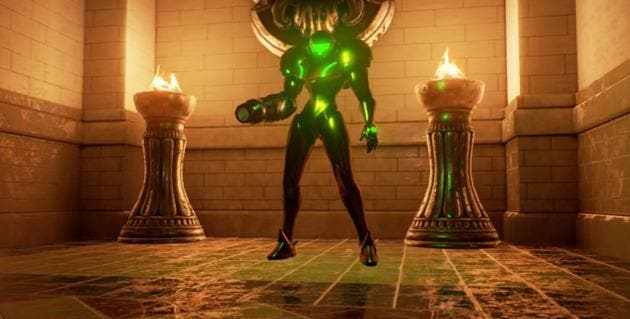
The link above goes into more detail, it's an entire optimization guide. Basically, it broke up the world into sectors and calculated which sector could see the other sectors. Half-Life used something called "visleafs". In fact, a common speedrunning technique was to get outside the level somehow, and then shoot the door from the opposite side, forcing the game to load the level around you. If there's only a room or two in memory at a time, you can put all of your graphical hardware towards rendering those two rooms. Metroid used a simplistic yet ingenious system: you can't render what you haven't loaded. A common truism of the mapping community is "the fastest polygons are the ones you don't draw". The big difference is culling, the art of only rendering what the player can see on the screen. ancient_cyclops is mostly right, metroid saved a lot of file size by having complex polygons and models, but shared textures. Well, I both map in the Source engine and used to be a Metroid Prime speedrunner, so you're in luck. r/CoOpGaming - A community for co-op gaming r/xboxone - Xbox-specific subreddit for general Xbox news and discussion r/playstation, /r/PS4 & /r/PS5 - PlayStation-specific subreddits for general PlayStation news and discussion r/pcgaming - PC gaming-specific subreddit for general PC gaming news, discussion and gaming tech support r/nintendo - Nintendo-specific subreddit for general Nintendo news and discussion

r/shouldibuythisgame - Find out what's worth getting.

r/gamingsuggestions - Go here to help you find your next game to play r/gaming4gamers - Discussion, bar the Hivemind


External Links must follow these guidelines No topics that belong in other subreddits This subreddit shouldn't be used for advice of any kind.


 0 kommentar(er)
0 kommentar(er)
